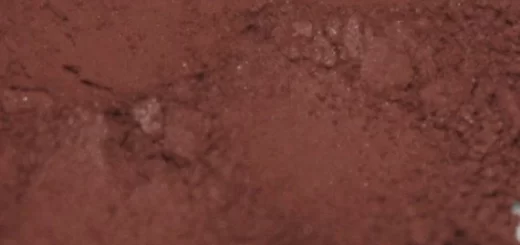In-depth analysis of the relationship between cutting force and surface quality in CNC machining
CNC (Computer Numerical Control) machining is a widely used manufacturing process that utilizes computer-controlled machines to produce precise and complex parts. One of the critical factors affecting the success of CNC machining is the relationship between cutting force and surface quality. Understanding this relationship is essential for optimizing machining parameters and achieving high-quality finished products.
The influence of cutting force on surface quality
The cutting force exerted during machining has a direct impact on the surface quality of the machined part. When the cutting force is too high, it can result in excessive material deformation, leading to poor surface integrity and increased roughness. On the other hand, if the cutting force is too low, it may not be sufficient to effectively remove the material, resulting in inadequate chip formation and surface irregularities.
Factors affecting the cutting force-surface quality relationship
Several factors contribute to the complex relationship between cutting force and surface quality in CNC machining. The primary factors include cutting speed, feed rate, tool geometry, and material properties. Higher cutting speeds generally result in higher cutting forces due to increased material removal rates. Similarly, increasing the feed rate leads to higher cutting forces as the tool engages with a larger volume of material. Furthermore, tool geometry, such as tool rake angle and tool flank wear, can significantly affect the cutting force and, consequently, the surface quality. Finally, the material properties, including hardness and ductility, can influence the chip formation process and, ultimately, the surface quality.
In summary, the relationship between cutting force and surface quality is a complex phenomenon in CNC machining. The cutting force directly affects the surface integrity and roughness of the machined part. By carefully controlling the cutting parameters, such as cutting speed and feed rate, optimizing tool geometry, and selecting appropriate materials, manufacturers can ensure the production of high-quality finished products. Further research and analysis are necessary to deepen our understanding of this relationship and develop more accurate models for predicting surface quality based on cutting force.


